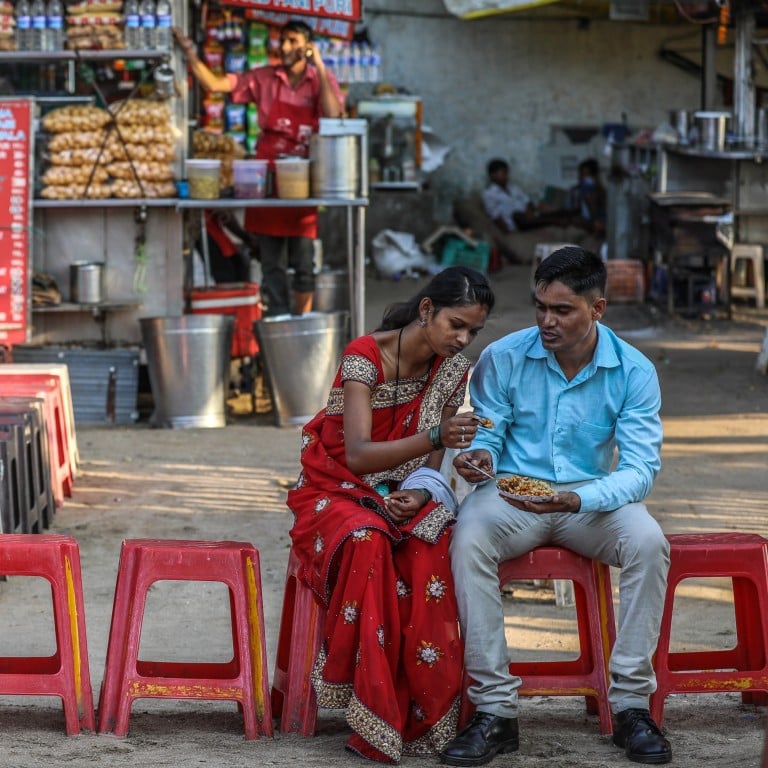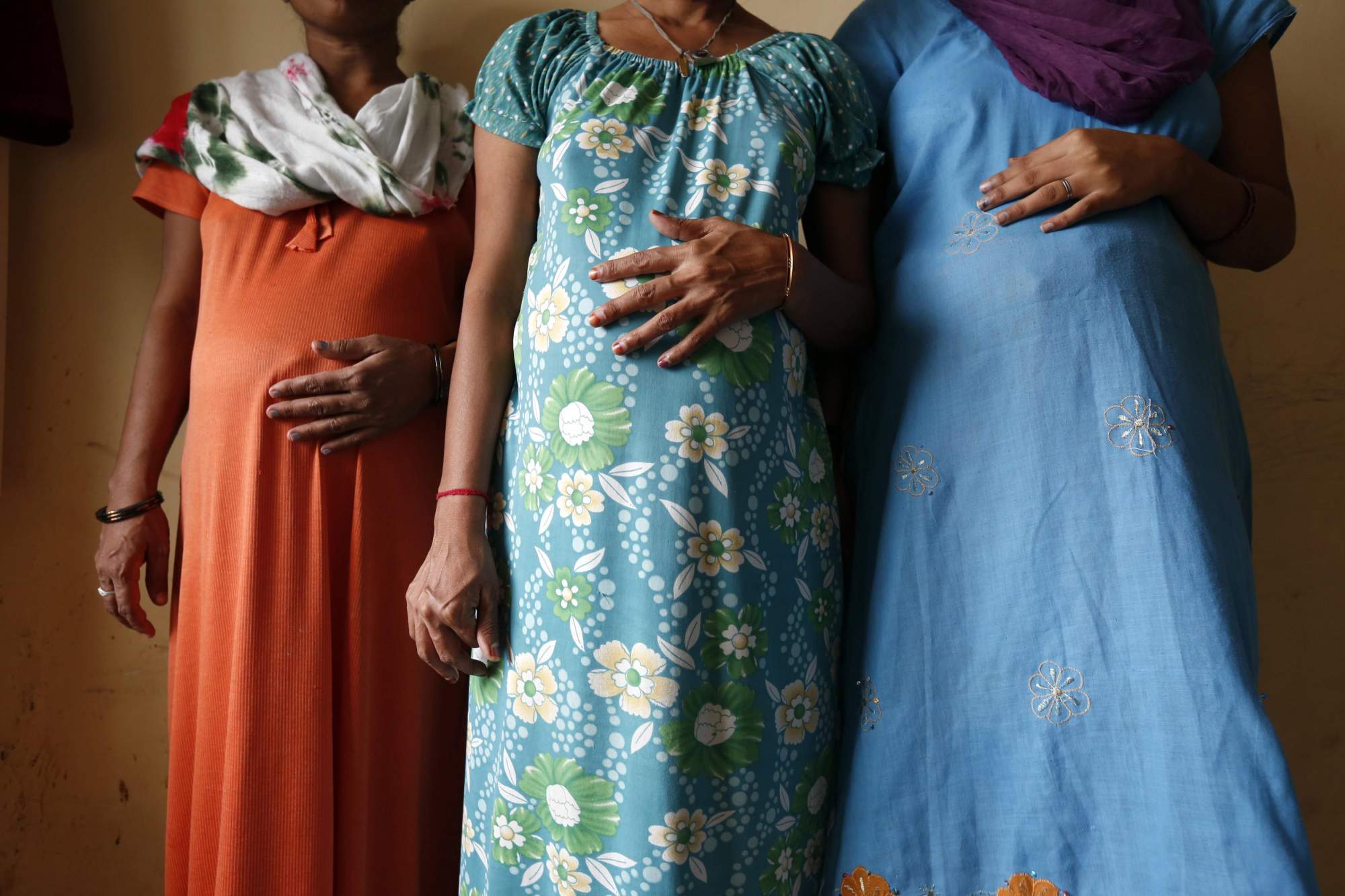
Indian couples are struggling to conceive. Why is the world’s most populous nation facing this challenge?
- A recent study shows infertility affects roughly 10-14 per cent of Indian couples, and is more common in cities, where one out of every six couples is seeking help with conceiving
- While infertility still carries social stigma in many parts of India, more couples are turning to methods such as surrogacy, egg donations and IVF to tackle the issue
Sruti Das and her husband were part of the estimated one in six Indian couples who struggle with infertility. While they enjoyed an affluent lifestyle, she made the difficult choice to quit her high-paying but stressful job after she was diagnosed with polycystic ovary syndrome, to focus on one of the condition’s known treatments – getting fit and eating healthy.
It took her six years, but Das, 34, was eventually able to conceive and give birth to a healthy girl.
India, the world’s most populous nation, paradoxically has an infertility problem. Official data shows the total fertility rate (TFR) has dropped 20 per cent in the last 10 years to below replacement levels, while certain measures of infertility have increased in recent years, leading to increased demand for treatments such as in vitro fertilisation.
Will India’s surrogacy ban drive childless couples and poor women underground?
“Infertility is a serious health issue, affecting approximately 15 per cent of couples worldwide. Of 60–80 million infertile couples globally, between 15 million and 20 million [25 per cent] are in India alone,” said Dr Sulbha Arora, clinical director at the Nova IVF Fertility in Mumbai.
A country’s TFR refers to the average number of children a woman is expected to conceive. A falling TFR can be attributed to numerous factors, including increased economic opportunities for women, later marriages and increased infertility.
A 2021 study by the Indian Society of Assisted Reproduction highlighted that infertility affects roughly 10-14 per cent of Indian couples, and is more common in cities, where one out of every six couples is seeking help with conceiving.
Another study published last year by the PLOS One journal, based on data from National Family Health Surveys, found that secondary infertility among Indian couples increased from 19.5 per cent in 1992-1993 to 28.6 per cent in 2015-2016. Secondary infertility refers to a couple’s inability of a couple to conceive another child after already having one.

In many parts of India, infertility still carries social stigma, with the woman usually held responsible, even though it is often not their fault.
“The reasons for infertility could be female factor, male factor, both, unexplained and others,” said Dr Arunima Halder, an IVF and infertility specialist at Manipal Hospital Whitefield in Bengaluru.
According to a 2022 WHO report on infertility in India, approximately 50 per cent of cases were due to “male factor” infertility. Stress and poor diets, as well as environmental and industrial pollution, were cited as contributing to declining sperm quality and testosterone levels in Indian men.
However, doctors say a number of social and cultural factors are also behind the country’s falling fertility rates.
“Late marriages and female career options are reducing the appetite for growing families. Cell phones are a distraction for regular sexual life. South India is already below the replacement levels,” said Dr Arun Muthuvel of the Chennai-based Iswarya Fertility Centre.
According to the latest National Family Health Survey data, the fertility rate in South India is 1.9 children per woman, below the replacement rate of 2.1.

In recent years, Indian couples have come to accept that infertility is a medical issue and are increasingly looking for solutions. Methods such as surrogacy, egg donations and IVF have become more popular in recent years.
Industry data shows that demand for IVF treatments in India has been surging, with the market projected to be worth US$3.7 billion by 2030, compared with US$793 million in 2020.
As the starting costs for IVF treatments are at least US$1,200 in India, they are out of the reach of many families. However, governments are concerned enough about fertility rates that they are taking action to make them more widely available.
“The governments in many states are opening IVF centres in government medical college and hospitals for easier access to [the] general population, as it is expensive,” Halder said.
But most state-funded health centres are ill-equipped to deal with cases of infertility, which has given rise to many unregulated private IVF clinics that follow unscrupulous practices. The Assisted Reproductive Technology Regulations were introduced in 2023 to tighten the IVF industry.

Neera Batra, 37, an advertising professional in New Delhi, said a private clinic overcharged her after multiple tests and consultations with specialists that never bore results or led to a diagnosis. She eventually stopped going to them and after three years conceived naturally.
“In many cases, patients get stressed about the whole process, which itself is counterproductive,” said Arora of Nova IVF Fertility. “One must go to an approved clinic or a good hospital, and also relax so that stress does not create new problems.”
Neera said there was much greater awareness about infertility in India these days due to people opening up about it on social media.
“Celebrities who have undergone fertility treatments or egg freezing, opening up and speaking about these issues, have helped to destigmatise the problem of infertility to a great extent,” she said.

